Maidenhair Fern (Adiantum Raddianum) Profile
Written by Iris
Nov 09 2021
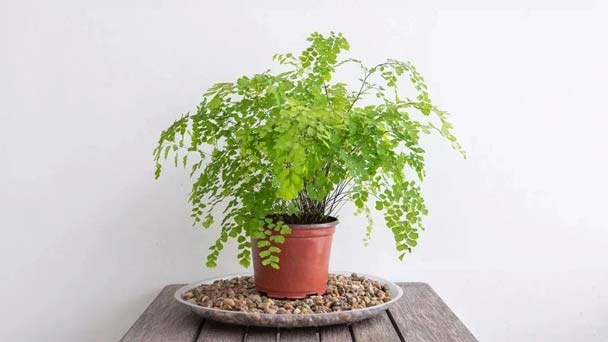
Maidenhair Fern (Adiantum raddianum) is a charming and comfortable addition to many gardener Spaces. Maidenhair Fern (Adiantum raddianum) are diverse and found all over the world. Leaves of Maidenhair Fern (Adiantum raddianum) vary in appearance from feathery to flat, fringed or fan-shaped. Some species spread out from the center, while others are reminiscent of clusters formed by grapes. Most are green; Some, such as the rosy-colored Maidenhair, have pink or red leaves. Maidenhair need shade, so avoid full sun. The tallest species can grow up to 3 feet tall. Most Maidenhair are smaller and fan out at maturity. Maidenhair Fern (Adiantum raddianum) can grow in zones 3-10, depending on the species.
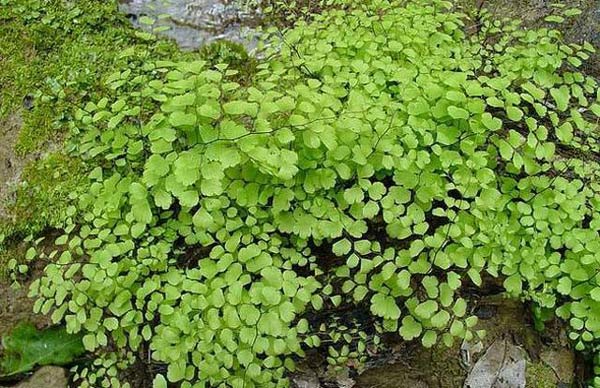
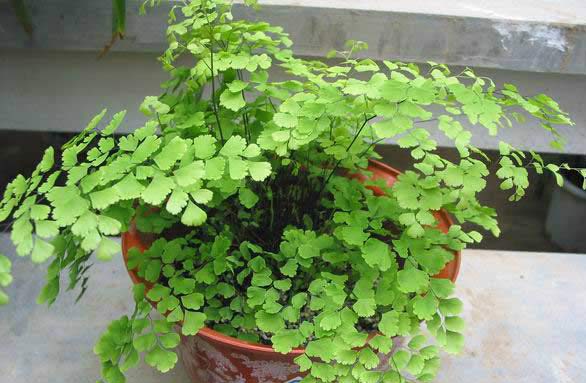
Keep the soil moist and after a few weeks you will begin to see the gametophytes emerging. This is just one step in the process to achieving a new plant. After fertilisation of the gametophyte, the sporophytes aka ferns will begin to emerge.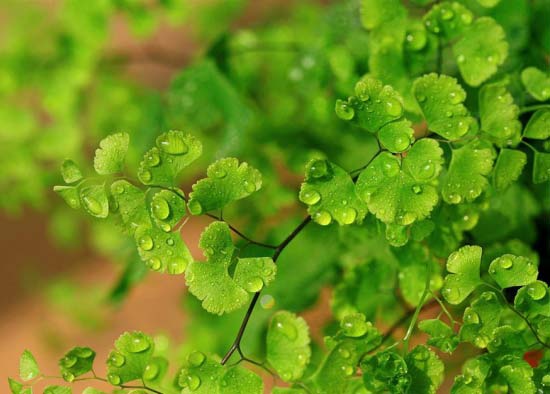
Patios and ferneries: They are also a feature of shaded outdoor spots such as east or southerly facing patios or the traditional fernery, where they are also grown in pots or hanging baskets.
Outdoors: the native species, maidenhair, can be planted in shady rock crevices or used as an outdoor groundcover plant in a moist, shaded spot such as beside a pond.
scale (brown or black lumps on the stems or leaves) and or mealybugs (fluffy white insects which look like tiny pieces of cotton wool). To control lightly spray with Folimat, Confidor or PestOil (applied at half the recommended rate). Spray Maidenhair outdoors in a well-ventilated spot. Badly infested plants should be discarded.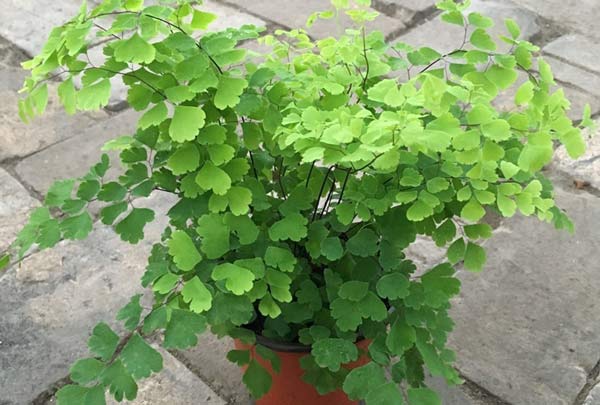
Rosy maidenhair (Adiantum hispidulum)
Western maidenhair (Adiantum pedatum)
Silver dollar maidenhair (Adiantum peruvianum)
Northern maidenhair (Adiantum pedatum)
Read Next:
Ming Fern (Asparagus Myriocladus) Profile: Care & Growing Guide
Java Fern Care & Growing Guide
Blue Star Fern Care: How to Grow & Care for Phlebodium Aureum
How to Grow & Care for Asparagus Fern
Maidenhair Fern (Adiantum raddianum) Grow & Care Guide
Birds Nest Fern (Asplenium Nidus) Profile: Info, Care & Growing Guide
How to Grow and Care for Kimberly Queen Fern
Rabbit Foot Fern Care & Propagation Guide
Staghorn Fern (Platycerium Bifurcatum) Care & Growing Guide
Japanese Royal Fern (Osmunda Japonica) Profile
Maidenhair Fern PictureMaidenhair Fern InfoMaidenhair Fern HistoryMaidenhair Fern DistributionHow to Grow and Care for Maidenhair FernHow to Grow Maidenhair FernHow to Care for Maidenhair FernUses of Maidenhair FernMaidenhair Fern Common Pests/DiseasesMaidenhair Fern VarietyMaidenhair Fern (Adiantum raddianum) Companion Plants
Maidenhair Fern Picture

Maidenhair Fern Info
| Botanical name | Adiantum raddianum |
| Common name | Maidenhair fern, Delta maidenhair fern |
| Plant type | Fern |
| Mature size | 1–2 ft. tall, 1–2 ft. wide |
| Sun exposure | Partial sun, shade |
| Soil type | Moist but well-drained |
| Soil pH | Neutral |
| Bloom time | Non-flowering |
Maidenhair Fern History
Maidenhair Fern History Maidenhair fern history is quite interesting. Its genus name translates to “non wetting” and refers to the fronds’ ability to shed rainwater without becoming wet. In addition, the plant is the source of an aromatic, volatile oil commonly used as a shampoo, which is where its common name of maidenhair derived. Another name for this plant is the five-fingered fern due largely in part to its finger-like fronds, which are supported on dark brown to black stems. These black stems were once used as a dye in addition to being employed for the weaving of baskets. Native Americans also used maidenhair ferns as poultices for wounds to stop bleeding.Maidenhair Fern Distribution
Since there are over 200 species within the genus Adiantum, maidenhair ferns can be found in various areas. Habitats of Maidenhair can range greatly, from humus-rich woods to rocky waterfalls. Maidenhair's range is extensive, with species being found in North America and as far as Asia. All habitats are characterized by their high moisture levels, warm temperatures and medium to low sunlight.
How to Grow and Care for Maidenhair Fern
How to Grow Maidenhair Fern
- With Maidenhair Spores
Keep the soil moist and after a few weeks you will begin to see the gametophytes emerging. This is just one step in the process to achieving a new plant. After fertilisation of the gametophyte, the sporophytes aka ferns will begin to emerge.
- With Maidenhair Division
How to Care for Maidenhair Fern
- Light
- Soil
- Water
- Temperature and Humidity
- Fertilizer

Uses of Maidenhair Fern
Indoors: Maidenhair ferns have a variety of uses indoors. They can be grown indoors in pots or hanging baskets in a brightly lit position out of draughts. They are also a feature of some terrariums. Different maidenhair foliage is also used as a filler foliage in flower arrangements.Patios and ferneries: They are also a feature of shaded outdoor spots such as east or southerly facing patios or the traditional fernery, where they are also grown in pots or hanging baskets.
Outdoors: the native species, maidenhair, can be planted in shady rock crevices or used as an outdoor groundcover plant in a moist, shaded spot such as beside a pond.
Maidenhair Fern Common Pests/Diseases
Although neglect and drying out are the most common problems with maidenhair ferns they can also suffer from insect attack. Keep an eye out for the following pests: the maidenhair fern aphid, which causes the fronds to curl up and turn black. Hose off aphids, or spray with Confidor (spray plants outdoors in a well-ventilated spot).scale (brown or black lumps on the stems or leaves) and or mealybugs (fluffy white insects which look like tiny pieces of cotton wool). To control lightly spray with Folimat, Confidor or PestOil (applied at half the recommended rate). Spray Maidenhair outdoors in a well-ventilated spot. Badly infested plants should be discarded.

Maidenhair Fern Variety
There are numerous maidenhair species, though the most commonly grown include: southern maidenhair (Adiantum capillusveneris)Rosy maidenhair (Adiantum hispidulum)
Western maidenhair (Adiantum pedatum)
Silver dollar maidenhair (Adiantum peruvianum)
Northern maidenhair (Adiantum pedatum)
Maidenhair Fern (Adiantum raddianum) Companion Plants
Ferns as Companion Plants: Maidenhair make wonderful companion plants to other ferns, Ajuga, Astilbe, Bergenia, barren strawberry, black lily-turf, European ginger, Galium, Geranium, Heuchera, hostas-especially blue leaved and variegated forms, Lamium, sedges, wintergreen, and wildflowers.Read Next:
Ming Fern (Asparagus Myriocladus) Profile: Care & Growing Guide
Java Fern Care & Growing Guide
Blue Star Fern Care: How to Grow & Care for Phlebodium Aureum
How to Grow & Care for Asparagus Fern
Maidenhair Fern (Adiantum raddianum) Grow & Care Guide
Birds Nest Fern (Asplenium Nidus) Profile: Info, Care & Growing Guide
How to Grow and Care for Kimberly Queen Fern
Rabbit Foot Fern Care & Propagation Guide
Staghorn Fern (Platycerium Bifurcatum) Care & Growing Guide
Japanese Royal Fern (Osmunda Japonica) Profile
Latest Updated
- Benefits of Bugleweed - 7 Science-backed Health Benefits
- Bugleweed Dangers & Side Effects - Is It Poisonous?
- How to Plant Evergreen Trees - What You Should Know
- When to Plant Evergreens - Grow Guide for Evergreen Trees
- 12 Wonderful Evergreen Shrubs for Your Garden
- 12 Popular Evergreen Plants with Pictures for Beginners
- When And How To Prune A Lilac Bush Like a Pro
- How to Grow & Care for Lilac Vine (Hardenbergia Violacea)
- Japanese Lilac Tree (Syringa Reticulata) Care & Propagation Guide
- Shumard Oak Pros and Cons - What to Know
Popular Articles
- Winter maintenance of Antirrhinum Majus
- How to Grow Terminalia Mantaly Tree
- How to Grow and Care for Crossostephium Chinense
- How to grow Antirrhinum Majus in spring
- Peristeria Elata (Dove Orchid) Profile: Info & Care Guide
- Underwatered Snake Plant (Sansevieria Trifasciata) - Signs And How To Fix
- How to Care for Brazilian Jasmine Plant (Mandevilla Sanderi)
- How to Grow & Care for Graptopetalum Purple Delight in Summer
- Rosa Chinensis (China Rose): Plant Growing & Care Tips
- How to Care for Baby Sun Rose (Aptenia Cordifolia)